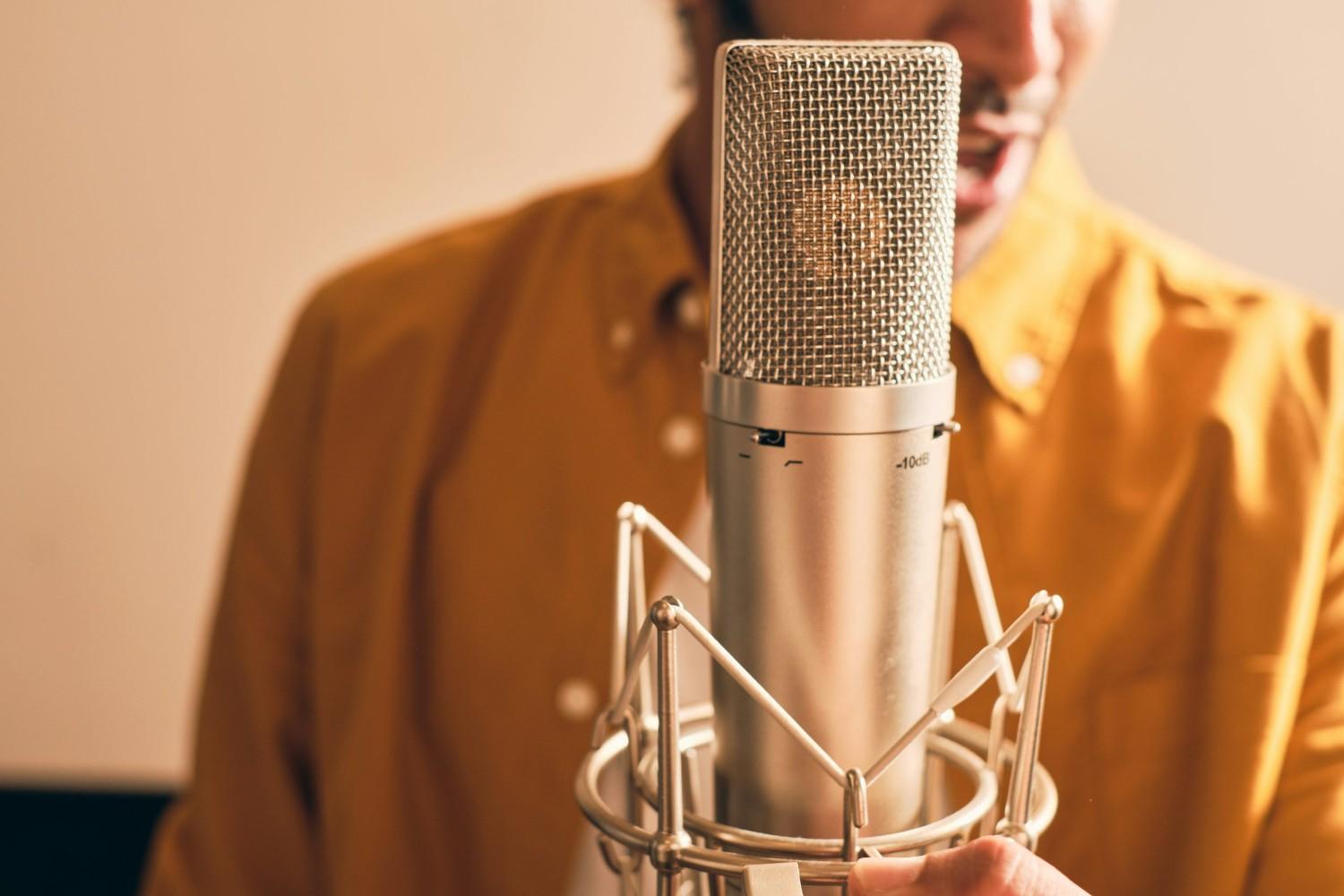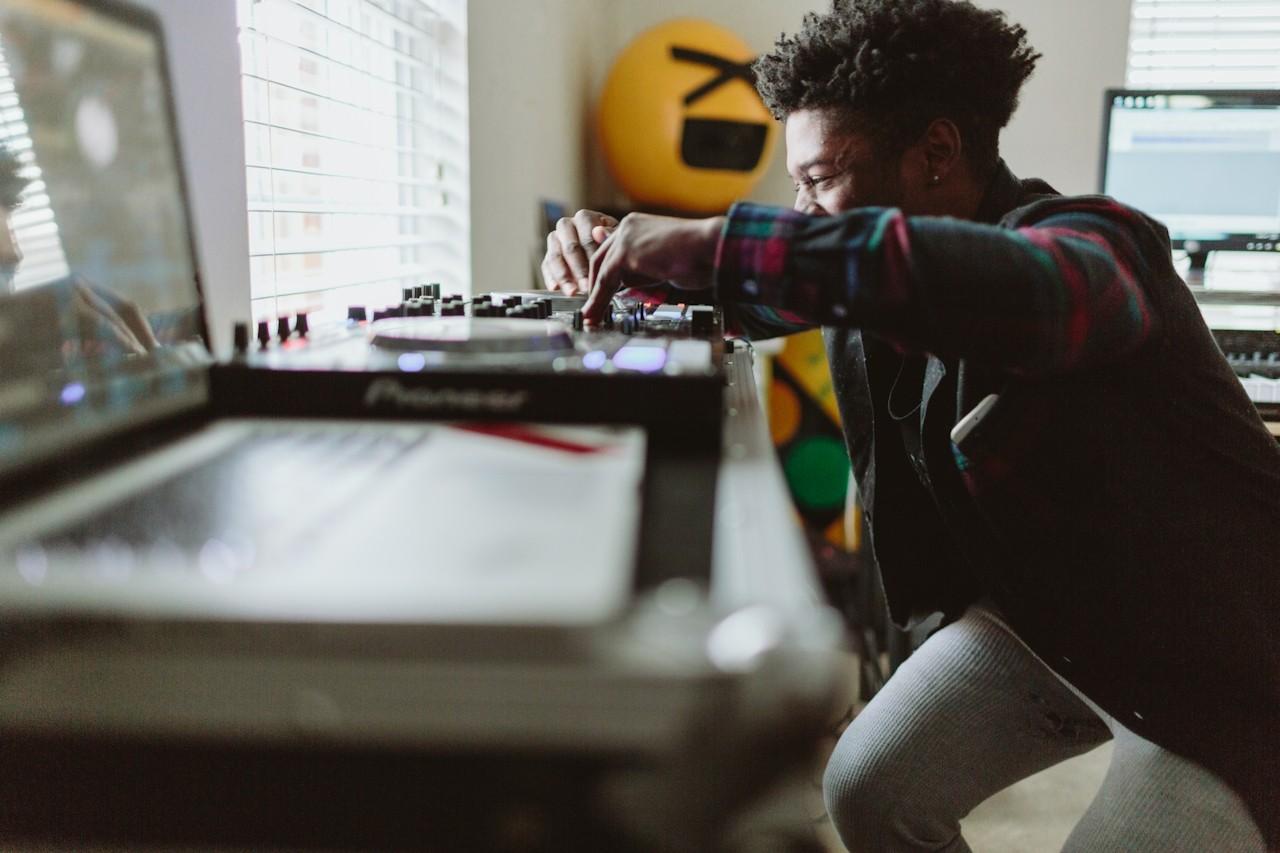One of the most overlooked things for up and coming voice overs is warming up your voice. You see, voice over artists aren’t just speaking effortlessly, they’re projecting their voice, conveying a specific tone, and going through countless takes to bring your voice over script to life.
This can be strenuous and physically demanding, so it’s key for those professionals to warm up accordingly, especially for those in it for the long term.
Read on to find out the importance of physical vocal warm ups, and some techniques you can get started with today.
Why are vocal warm ups important?
Much like with any physical activity, vocal warm ups are essential for ensuring your voice is in tip top shape, able to extend range and protected against any unnecessary damage.
Vocal warm ups aren’t just necessary for the humble voice over, you’ll find that artists and singers also need to warm up their vocal chords prior to performing.

Vocal warm up exercises you can try
Here are a few vocal warm up exercises you can try today, or 10 minutes before your next voice over recording.
Humming and lip trills
The first exercise we recommend is a set of humming and lip trill exercises.
Humming is a great way to ease your vocal chords into producing a deeper sound that’s resonating. This is essential for restoring your vocal tone quality, say, if you’re recording after sleeping for a while, by getting rid of that sleepy voice.
Lip trills are great for loosening the facial muscles to help with those intricate pronunciations.
Below you can find an example of a voice over practising this.
Voice Over Piers: Why I work with Voicebooking.com
Vocal rises and falls
If you’re a voice over with a less monotonal delivery, you’d benefit from this exercise, where your focus is to raise and lower your voice’s pitch.
Otherwise known as vocal scales, this is one that takes a bit of practice. That being said, it doesn’t have to be perfect, you can start off slow if you’re just trying to wake your voice up.
This vocal warm up technique is for those on the more animated side, such as a character voice over, an energetic commercial voice over, or singer even.

Body and facial stretching
Stretching is key as you need to open up your chest, neck and shoulders, as well as your face to be able to convey the best possible version of your voice.
You can start off with a neck stretch, following up with a shoulder roll and full body stretch, then gently massage your facial muscles, namely the cheeks. After that you should be all set to start with your recording session.
Face Exercises & Warm Ups for Singing – Release Tension Before You Sing
Tongue twisters
Even voice overs can stutter and murmur sometimes, yes even the professional ones! This is the case especially if their scripts are full of alliteration and questionable word choices.
That being said, to prevent any unwanted tripping over words, tongue twisters are here as a preliminary practice, so you’re less likely to choke on your wording.
Some examples of English tongue twisters you can practise:
- Red lorry, yellow lorry
- Peter Piper picked a peck of pickled peppers
- She sells sea shells on the sea shore
- Which witch is which?
- Eleven benevolent elephants
- How much wood would a woodchuck chuck if a woodchuck could chuck wood?
Tongue twisters are great for improvement of fluency and pronunciation of spoken English, for voice overs or even for practice prior to speaking publicly.
Tongue Twisters English | Learning English Pronunciation Exercise
For those looking to pursue a career as a voice over artist, this is something to consider before recording any demos, and taking on any roles at all.
As mentioned earlier, voice warm ups are just as important as the athlete who stretches their legs before a run. Warming up your voice not only prevents it from damage, but also maximises the potential of your voice over recording, and only takes up about 10 minutes of your day!
For more information on how to become a voice talent, read our older post on becoming a voice over.



